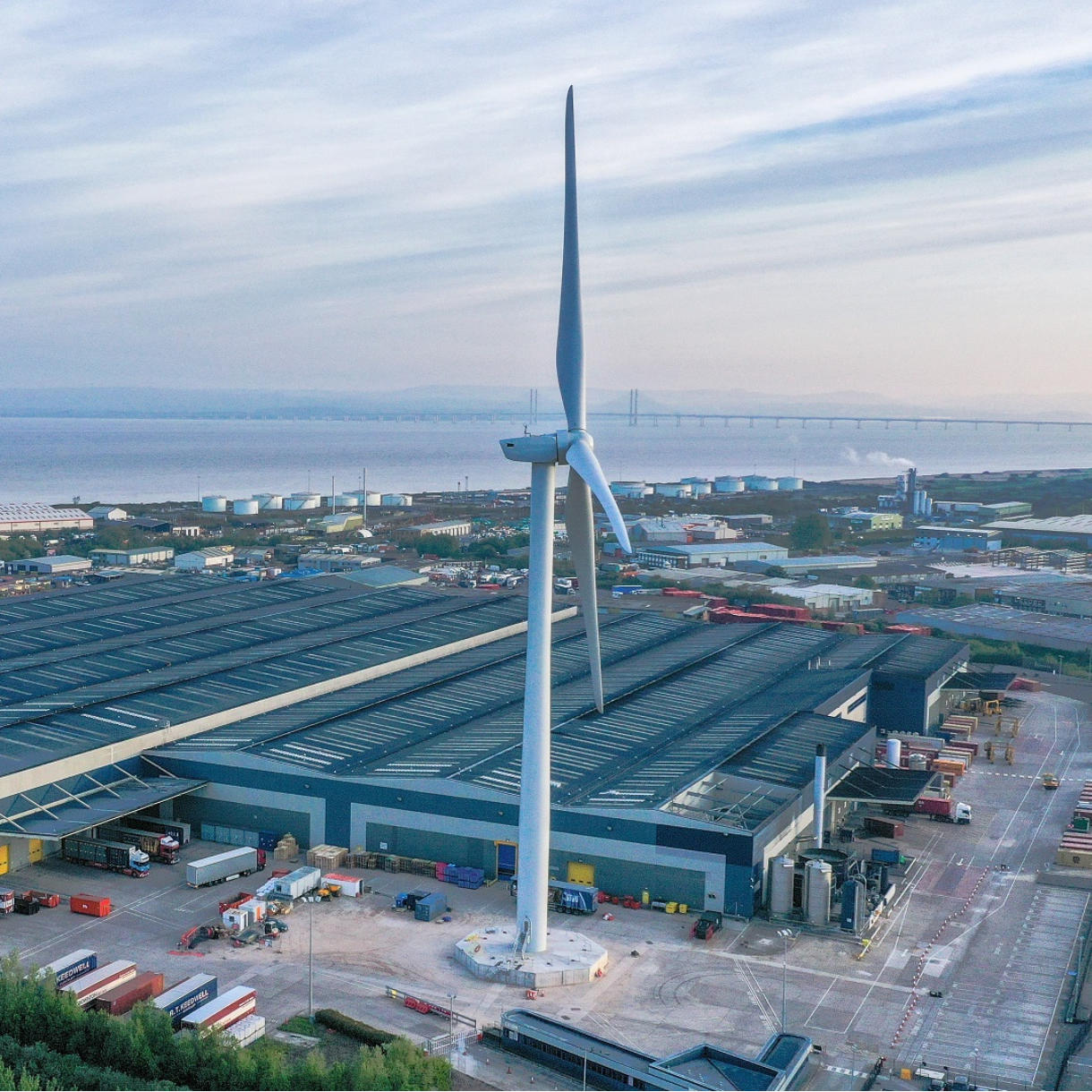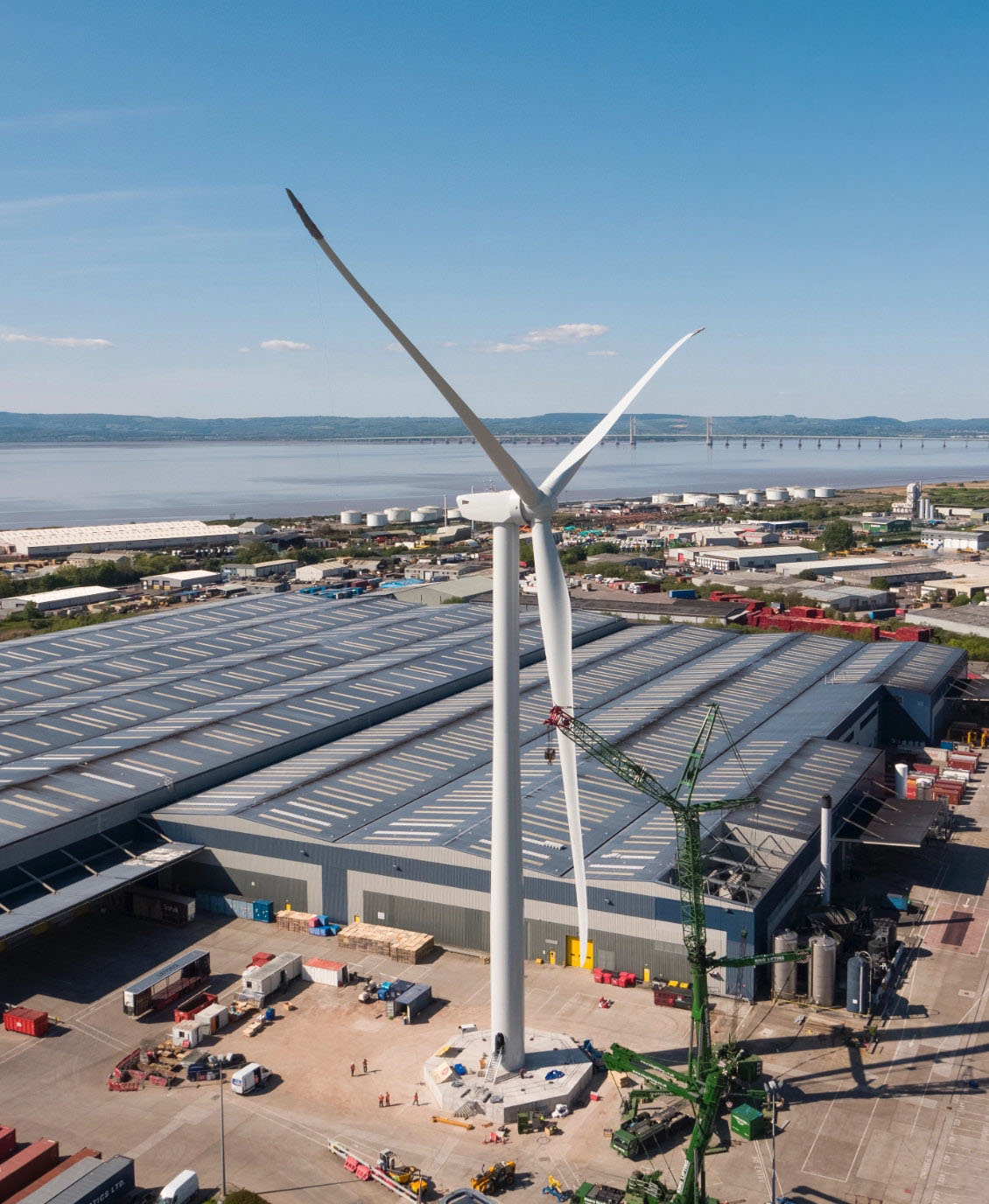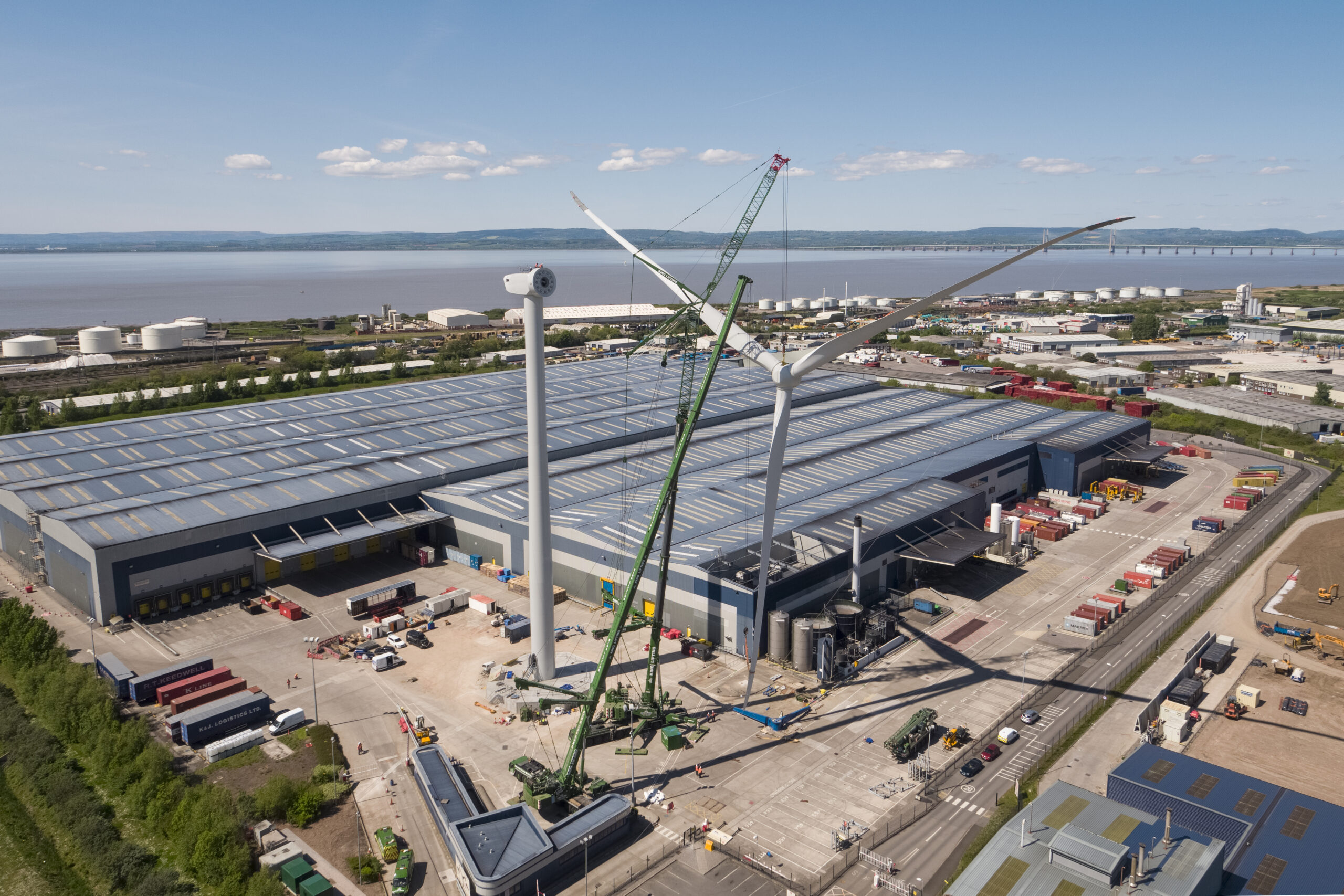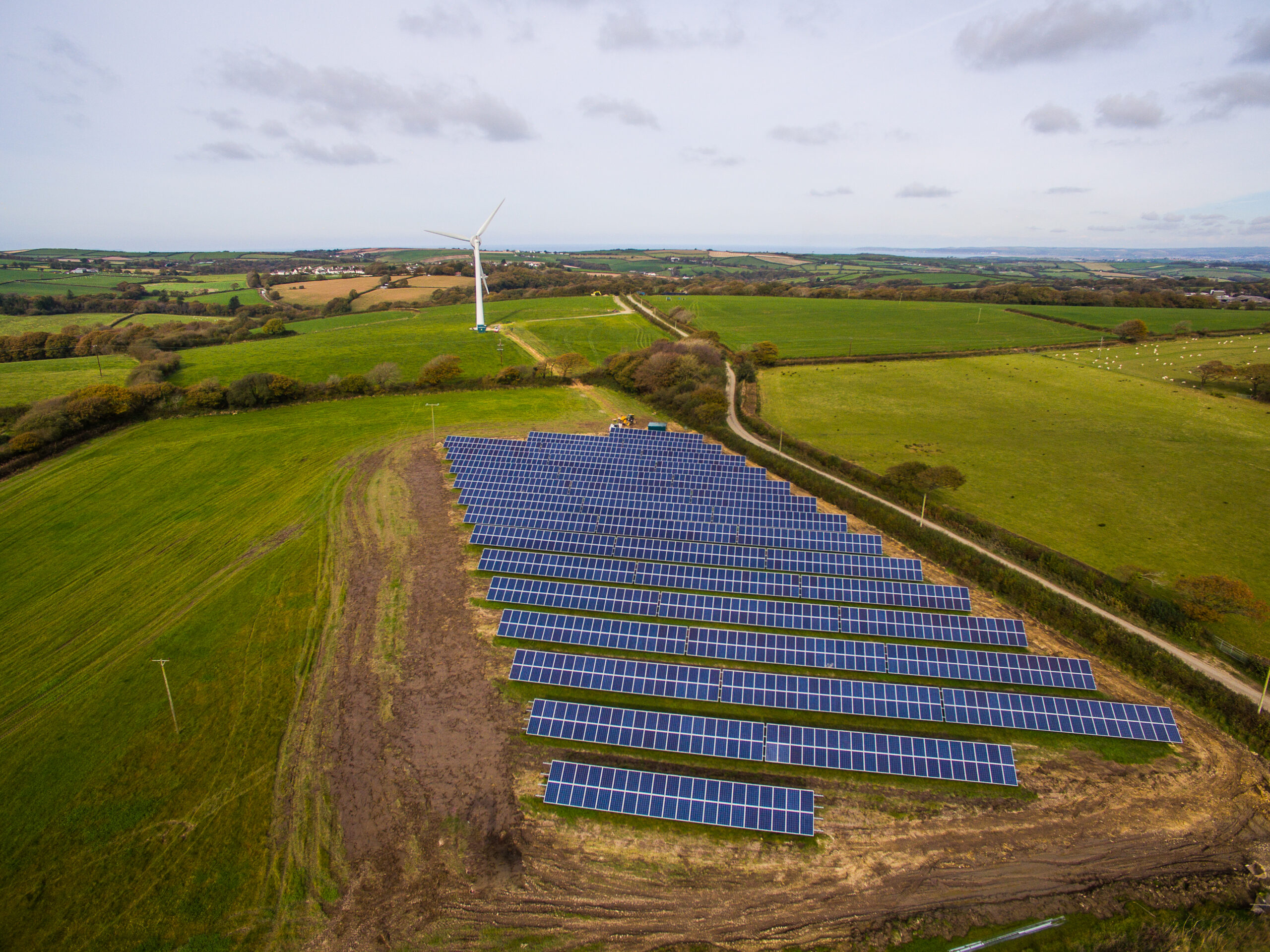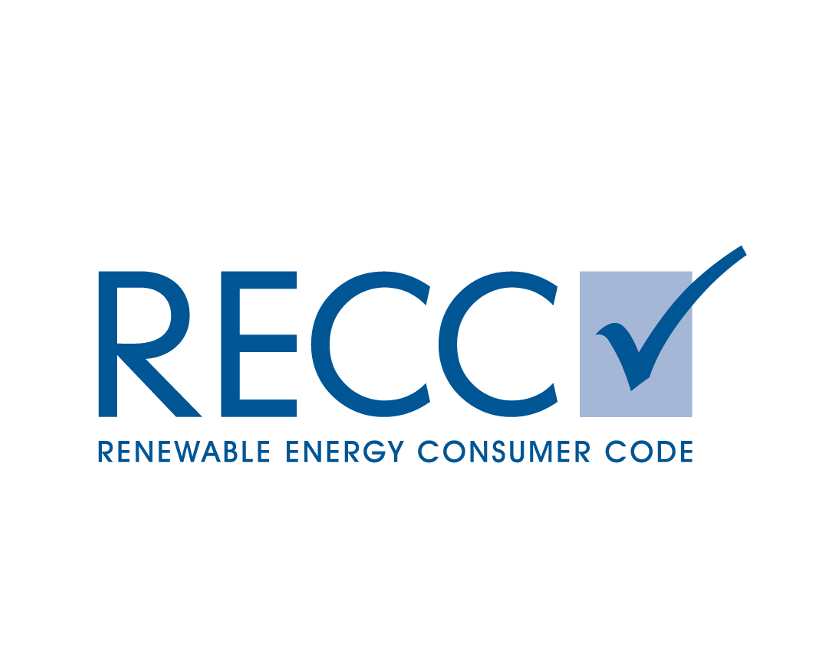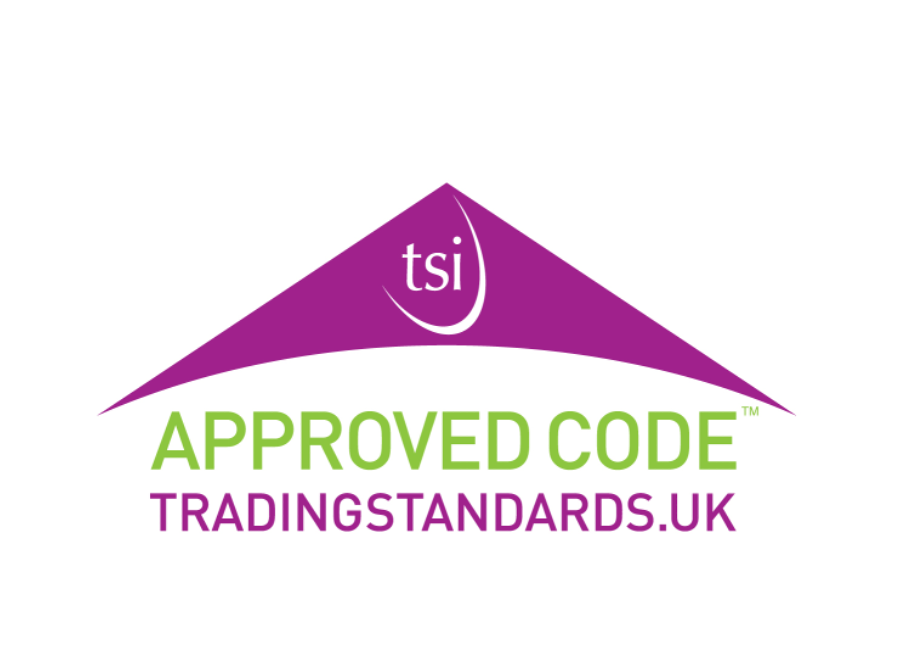Wind
Wind power boasts one of the lowest carbon footprints and lowest costs of all forms of electricity generation. And in the UK we are blessed with a climate that makes this one of the world’s most wind-sure regions.
As the country’s leading developer of small wind farms and individual turbines, CleanEarth have completed more than 40 projects and have another 20 currently under development.
This brings clear benefits to landowners, who gain rental income from siting a turbine on their land, even if they don’t consume any of the power generated from it. It also helps commercial businesses to fix cheaper electricity rates through a ‘behind the meter’ power purchase agreement.
Completed projects
MWP installed
Generating enough to power:
homes
Reducing CO2 emissions by:
tonnes a year
Wind power for
business
If your business consumes 3 GWh or more per year then you could be in the market for a ‘private wire’ power purchase agreement (PPA), based on generation from a dedicated wind turbine.
Located adjacent to your premises, or off-site on nearby brownfield or greenfield land, a turbine has a small footprint but generates at scale.
We model each project in detail, matching consumption levels with projected output, and handling everything from planning applications to grid connections.
CleanEarth also assume all the capital risk. You just commit to buying electricity from us at an agreed rate over an agreed term.
Assessing
feasibility
The first questions we ask about any prospective project relate to wind speed and grid connection. The location needs to be windy enough to generate viable amounts of energy. And we need to be able to feed that energy into the National Grid.
If those two hurdles are cleared, our attention turns to the likelihood of planning permission being granted. Everything from aviation issues to visual impacts, from bat roosts to residential housing, needs to be considered.
If the intent is to supply a business via private wire, their consumption profile and energy costs are analysed, along with forecast generation levels. Based on these (and a few other factors) we create a financial model to arrive at a PPA rate that works for all parties.
Battery storage or EV charging points can be incorporated into the system’s design from the start or retro-fitted later. Access routes and safety measures for both installation and maintenance are also factored in.
All elements are planned and project-managed to minimise any impact on the day-to-day running of your business.
We understand the complex interplay between all these variables, and our in-house team can quickly establish whether or not any given location is a good candidate for wind power.
Wind Farms
Our very first wind turbine was a 500 kW model. We’re now in planning for several projects involving turbines with a capacity of 6.2 MW– a twelve-fold increase in just over a decade.
It’s not just the individual turbines that keep growing. We’re currently developing several small wind farms of up to seven turbines, to add to our portfolio of 40-odd standalone turbines.
The key to this sustained growth is the depth of experience and breadth of expertise that the CleanEarth team can collectively muster. We have in-house specialists across all the key disciplines, and they share a commitment to overcoming all obstacles in deploying renewables at scale.
Community Engagement
Since our first wind turbine was installed, CleanEarth have committed to inject over £5 million of funds into local communities.
The beneficiaries range from local sports groups in need of new equipment to parish churches with a damaged roof which must be repaired.
The generation of clean energy is bringing undeniable and highly necessary benefits to our society as a whole, and the community fund is our way of saying thank you to each parish, village or town for their contribution to bringing net zero a little bit closer.
